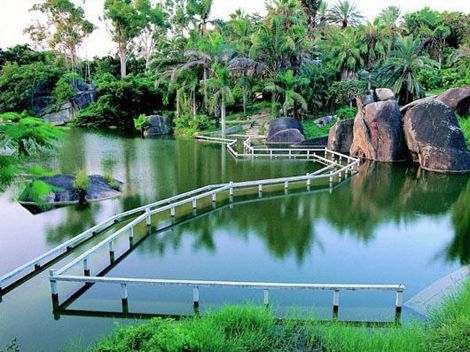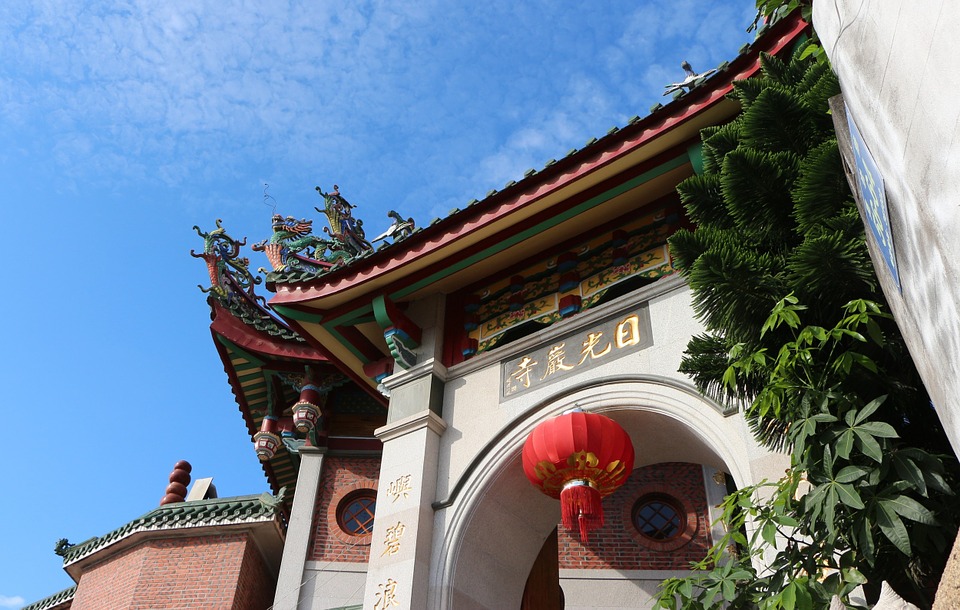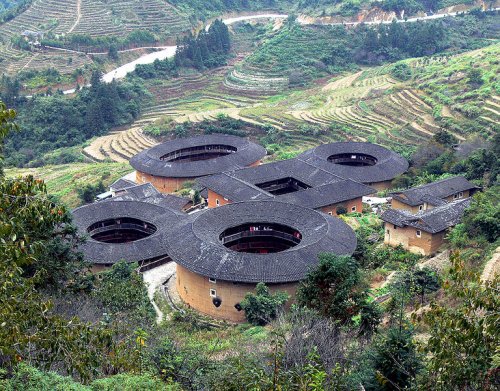On the southeastern coast of China, just across the strait from Taiwan, sits the city of Xiamen, also known as Amoy. While the huge cities of Beijing, Shanghai, and Xi’an pull in hordes of tourists from China and abroad, this island city of just under 4 million people often gets overlooked. With a long history as one of China’s major ports and centuries of European influence, Xiamen juxtaposes old European architecture with traditional Chinese culture, both ancient and modern.
Beach bumsIt’s summertime and the afternoon is sweltering, the air thick with and heavy. The city’s streets sit empty, and those residents not enjoying an afternoon siesta seek solace at the beach. Most of the city of Xiamen occupies an island just of the coast of southeastern China, and well-kept white sand beaches ring much of the island. In addition to sunbathers, swimmers, and the occasional sea kayaker, water-lovers of a more adventurous type flock to the beaches on the eastern side of the island. The steady cross-shore winds and warm waters make Xiamen one of the best kite surfing destinations anywhere in China, and on any given day, the flat waters will be dotted with pros and students of the nearby kite surfing school gliding across the waters.
As the sun goes down on summer Saturday nights, travelers and locals crowd the shores of Haiyuntai beach for bonfire-lit dance parties that often extend well into the early morning hours.
Little Europe in big China
Strolling the narrow paths and quiet back alleys of Gulangyu Island to the soft sounds of piano music is a far cry from the honking cars and smoggy air of China’s big cities. Completely car-free and covered in lush foliage, the small islet accessible via a 10-minute ferry ride is one of China’s cleanest and greenest locales. In the late 1800s, Gulangyu became a foreign concession with a largely British and German population. While the residents are now nearly all Chinese, cobblestone roads, brightly colored colonial-style houses, and a fascination with pianos reflect the island’s European legacy.
Buddhism, old and new
Nanputou temple, with its exuberant architecture and sprawling grounds at the foot of Nanputou Mountain, is one Fujian province’s most important Buddhist centers. Monks clad in shades of saffron and gray, Chinese worshippers, and tourists mingle in the incense smoke-filled temple, dating back to the Tang Dynasty.
Fujian Tulou

Fujian province gained notoriety when the American military spotted the tulou, the traditional homes of China’s Hakka minority group, and mistook them for missile silos. Set among the terraced tea and tobacco plantations about 130 miles north of Xiamen, the Fujian tulou represent the last vestiges of a quickly dying way of life. The large, earthen roundhouses, now a UNESCO World Heritage site, were once communal homes with each smaller family unit occupying one vertical “slice” of the structure. The fortified earthen walls were designed to keep out bandits and wildlife, block wind, and keep the interior spaces cool in the summer and warm in the winter.










